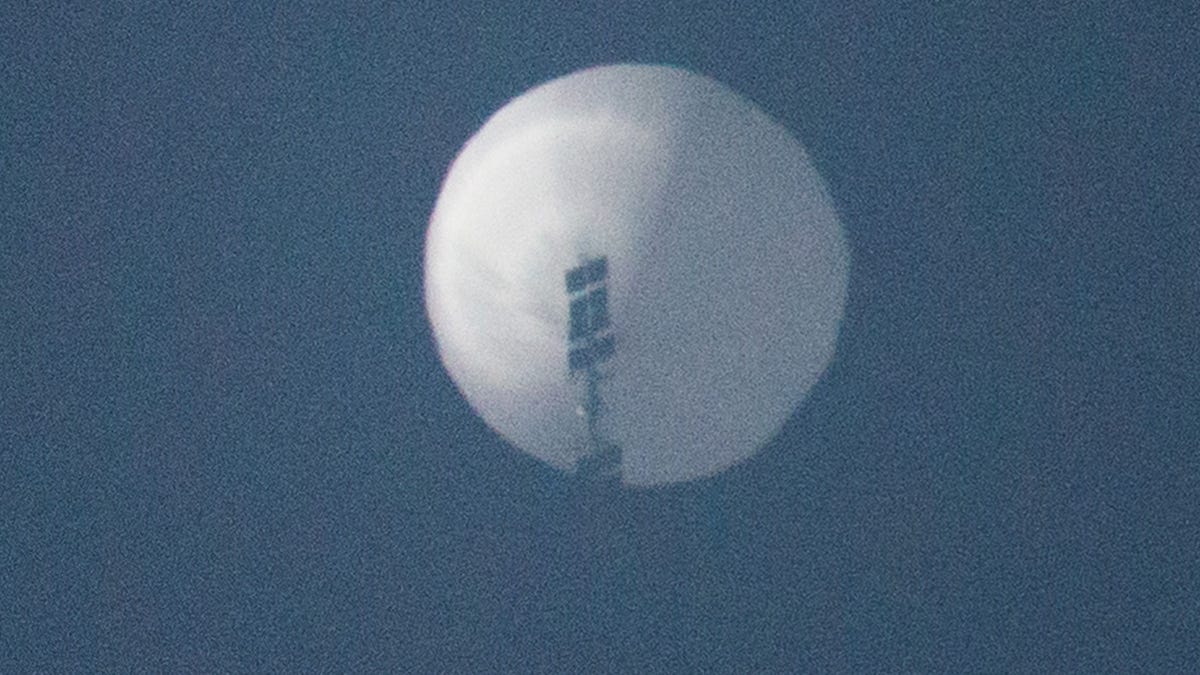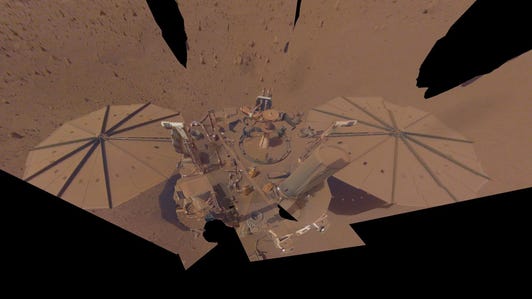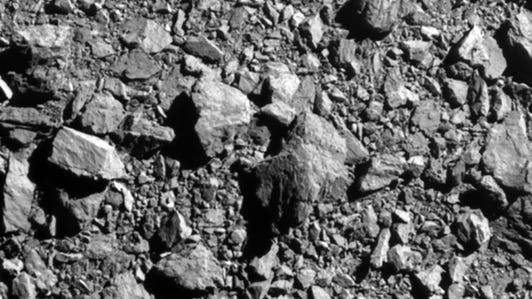
The big Chinese balloon was recorded over Montana.
Chase Doak video screenshot by Eric Mack/CNET
It’s been a wild time up high in the sky over the US and Canada recently. Over the last few days, the US military has shot down a series of unidentified flying objects, more officially known as unidentified aerial phenomena, or UAPS. During a White House press briefing on Monday, press secretary Karine Jean-Pierre emphasized there is “no indication of alien or extraterrestrial activity with these takedowns.”
While the US is confident we’re not being visited by aliens from beyond Earth, questions remain. “We have not yet been able to definitively assess what these most recent objects are,” National Security Council spokesperson John Kirby said during the briefing.
The US shot down what it described as a Chinese spy balloon over the Atlantic on Feb. 4, but that object was well-described and understood. Over the last few days, the US military took down three as-yet-unidentified high-altitude objects. The first was near Alaska on Friday and the second over Canada on Saturday. On Sunday, a fighter jet took down a third object over Lake Huron.
See also…
- US Shoots Down Suspected Chinese Spy Balloon Over Atlantic
- New US Government UFO Report Adds Hundreds of Sightings
Kirby noted all three objects were uncrewed and none of them seemed to be powered or capable of maneuvering. The US also didn’t detect any communications signals coming from the UAPs. All three were flying at altitudes that could pose a threat to commercial aircraft, and Kirby said that necessitated the shootdowns. Kirby didn’t rule out potential surveillance purposes for the objects.
Dying Space Missions Remembered in Inspirational Final Images






+14 more
See all photos
The US is working to recover debris from the UAPs, but the remnants have landed in hard-to-reach places. For example, the most recent object fell into the water on the Canadian side of Lake Huron.
The sudden rise in UAPs and resulting military action to take them down seems to have come on suddenly. Kirby said the US and Canada — through the joint North American Aerospace Defense Command (NORAD) — have recently enhanced their radar capabilities for detecting UAPs and have increased scrutiny of the countries’ airspace. “One of the reasons we think we’re seeing more is we’re looking for more,” Kirby said.
The US hopes to learn more about the objects if it’s able to recover and analyze the debris. Said Kirby, “I don’t think the American people need to worry about aliens with respect to these craft.”
